Spice Up Your Life: 10 Must-Try Sichuan Pepper Sauce Tips for Global Foodies
Welcome to the fiery and fragrant world of sichuan pepper sauce, a culinary gem that has traveled far beyond its Sichuan roots. Whether you're a seasoned spice hunter or just dipping your toes into the world of tingling heat, this guide is your passport to flavor heaven. Let’s dive into the history, science, and practical ways to make sichuan pepper sauce a star in your global kitchen!
Table of Contents
- What Exactly Is Sichuan Pepper Sauce?
- A Taste Through Time: The Origins of Sichuan Pepper
- The Tingling Truth: What Makes It Unique
- 10 Must-Try Tips for Using Sichuan Pepper Sauce
- Global Twists: How the World Uses Sichuan Pepper Sauce
- DIY: Making Your Own Sichuan Pepper Sauce at Home
- Conclusion: A Flavor Worth Traveling For
What Exactly Is Sichuan Pepper Sauce?
Sichuan pepper sauce — sometimes known as *lajiaojiang* (辣椒酱) or *huajiao jiang* (花椒酱) — is a bold, aromatic condiment made from ground or crushed Sichuan peppercorns, chili peppers, oil, garlic, and other seasonings. Unlike traditional hot sauces, its signature is not just heat, but a unique numbing sensation that dances on your tongue like a spicy electric current.
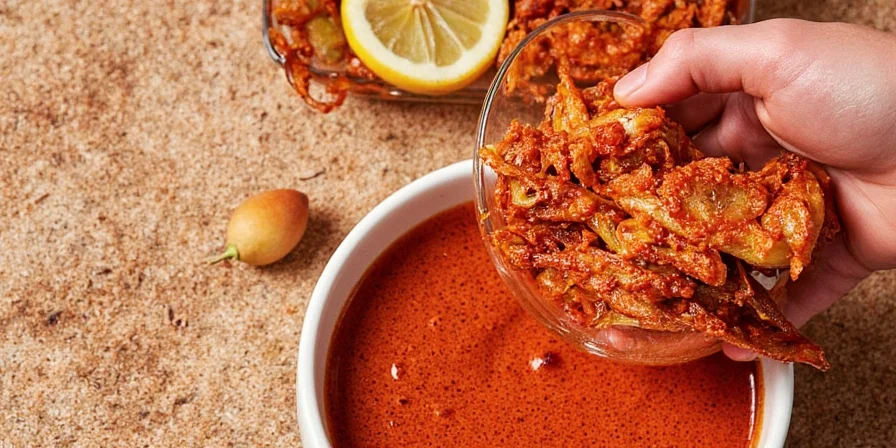
A Taste Through Time: The Origins of Sichuan Pepper
The story of Sichuan pepper begins over 2,000 years ago in China’s Sichuan Province. Known locally as *hua jiao* (花椒), these peppercorns were once used more for medicinal purposes than cooking. By the Tang Dynasty, however, they had firmly entered the realm of cuisine, becoming the backbone of the region’s famous “numbing and spicy” flavor profile (*ma la*, 麻辣).
The Tingling Truth: What Makes It Unique
You might be surprised to learn that Sichuan pepper isn’t actually a “pepper” at all — it comes from the citrus family! Its magic lies in a compound called **hydroxy-alpha-sanshool**, which triggers vibrations on your lips and tongue at about 50Hz, creating that unmistakable tingly feeling.
| Characteristic | Sichuan Pepper | Black Pepper | Chili Peppers |
|---|---|---|---|
| Taste Profile | Numbing, citrusy | Earthy, woody | Hot, fruity |
| Active Compound | Hydroxy-alpha-sanshool | Piperine | Capsaicin |
| Plant Family | Rutaceae (citrus) | Piperaceae | Solanaceae |
10 Must-Try Tips for Using Sichuan Pepper Sauce
- Add it to marinades: For meats or tofu, use a dash of sauce to infuse dishes with depth before grilling or stir-frying.
- Dip it up: Mix with soy sauce or vinegar for an instant dipping sauce for dumplings or grilled skewers.
- Drizzle for drama: A few drops over noodles, ramen, or even popcorn can turn ordinary snacks into epic bites.
- Boost your burgers: Replace ketchup with a thin layer of sichuan pepper sauce for a zesty twist on your backyard BBQ favorite.
- Stir into soups: Add during the last few minutes of cooking to preserve the fresh aroma.
- Spice up mayo: Combine with mayonnaise to create a fiery spread for sandwiches or fries.
- Make fried rice unforgettable: Toss into your pan right after cooking the egg for an umami-numb combo.
- Go global with pizza: Drizzle lightly over finished slices for a surprising kick.
- Mix into pasta sauces: Try it with creamy Alfredo or tomato-based sauces for an East-meets-West fusion dish.
- Try it in cocktails: A tiny dab in a Bloody Mary or spicy margarita adds intrigue without overwhelming the palate.
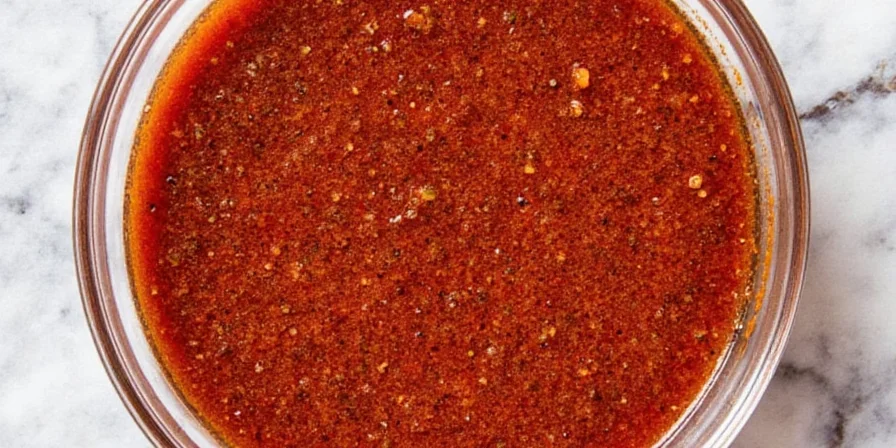
Global Twists: How the World Uses Sichuan Pepper Sauce
From Tokyo ramen shops to Parisian bistros, chefs around the globe are finding creative ways to incorporate this electrifying ingredient:
- Tokyo: Spicy miso ramen with a swirl of Sichuan pepper oil.
- New York: Gourmet nachos topped with tofu crumbles and a drizzle of sauce.
- London: Fusion dim sum burgers with a peppery aioli.
- Mexico City: Sichuan-tacos — think tacos al pastor with a Sichuan chili glaze.
- Berlin: Smoked mushroom toast with a sprinkle of Sichuan pepper flakes.
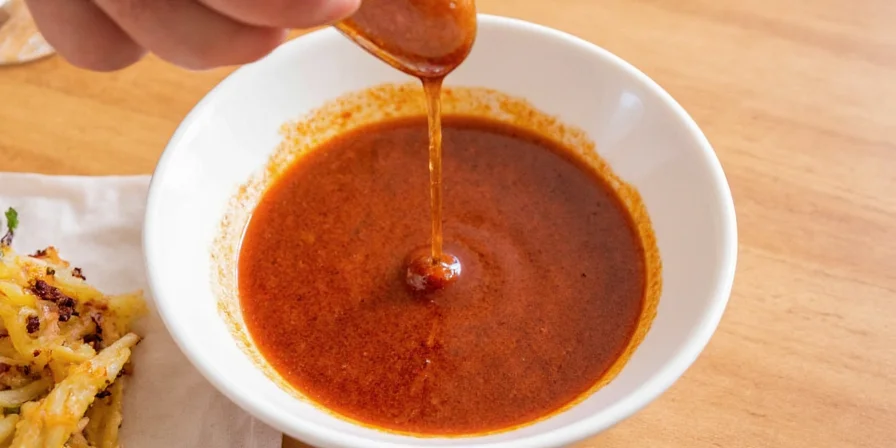
DIY: Making Your Own Sichuan Pepper Sauce at Home
If you’re feeling adventurous (or just curious), making your own Sichuan pepper sauce is easier than you think — and way more rewarding.
Basic Homemade Sichuan Pepper Sauce Recipe
- 1/4 cup toasted Sichuan peppercorns
- 2 dried red chilies (like Thai bird chilies)
- 2 cloves garlic
- 2 tbsp neutral oil (vegetable or grapeseed)
- 1 tbsp soy sauce
- 1 tsp rice vinegar
- Optional: 1 tsp sesame oil for fragrance
- Toast the Sichuan peppercorns and chilies in a dry pan until fragrant (be careful not to burn them).
- Let cool slightly, then grind into a coarse powder using a spice grinder or mortar and pestle.
- In a small saucepan, heat the oil until shimmering. Pour over the ground spices and let sit for 10 minutes.
- Add minced garlic and cook gently for another 2–3 minutes until golden.
- Stir in soy sauce, rice vinegar, and sesame oil if using. Cool completely before storing in a sealed jar.
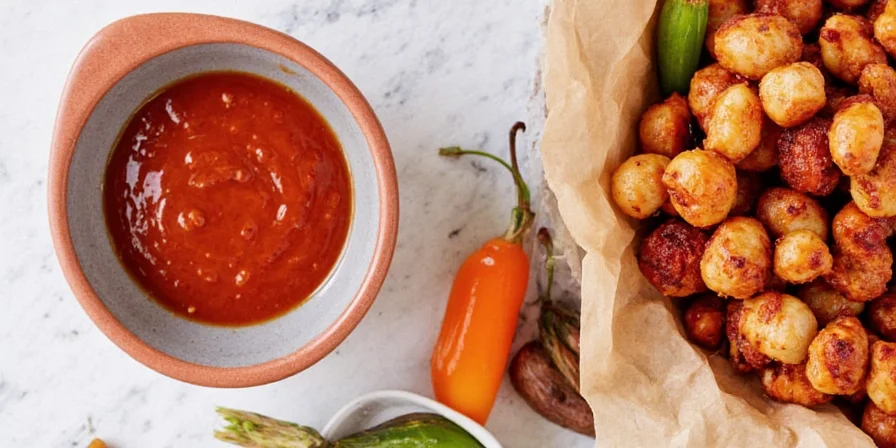
This version keeps for up to two weeks in the fridge and makes a fantastic gift for fellow foodies!
Conclusion: A Flavor Worth Traveling For
Sichuan pepper sauce isn’t just a condiment — it’s a flavor adventure waiting to happen. From ancient Chinese kitchens to modern global cuisine, its legacy is one of innovation, boldness, and pure sensory joy. So next time you reach for that bottle of sauce, remember: you’re not just adding spice — you’re joining a worldwide celebration of taste, tradition, and a little bit of tingling magic.
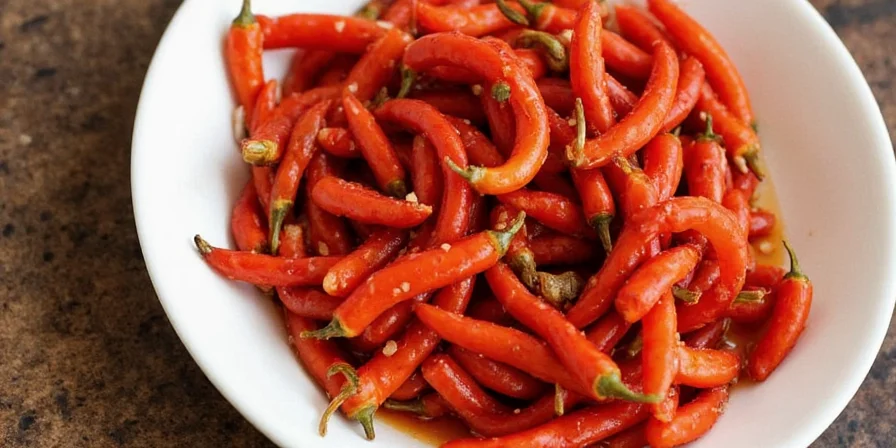
Pro Tip:
Store your homemade or store-bought Sichuan pepper sauce in a dark glass jar away from heat and light. This helps preserve both flavor and potency — and trust us, you’ll want every drop to count!

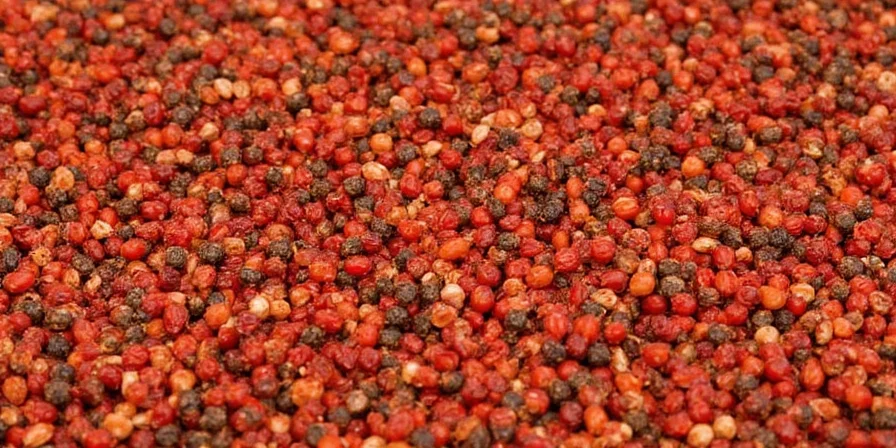









 浙公网安备
33010002000092号
浙公网安备
33010002000092号 浙B2-20120091-4
浙B2-20120091-4